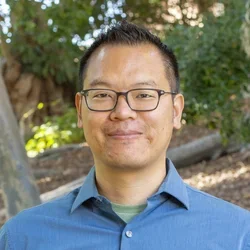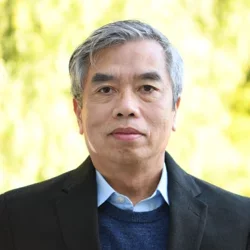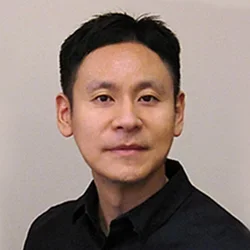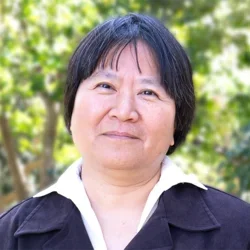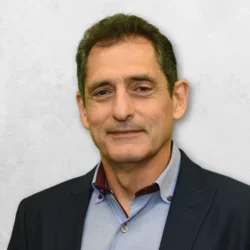R25 Undergraduate Research Training Program
Bruins in Genomics: Dental, Oral & Craniofacial (BIG DOC)
Our R25 training program titled “Bruins in Genomics: Dental, Oral & Craniofacial Research Training Program (BIG DOC) is a NIDCR/NIH program to address the need in dental, oral and craniofacial science for researchers and practitioners with strong data science skills. The R25-NIDCR BIG DOC program will support students joining the existing Bruins-In-Genomics (B.I.G.) Summer Research Program at the UCLA Institute for Quantitative and Computational Biosciences, an eight-week full-time immersion program for undergraduates, interested in learning how to read and analyze genes and genomes. Through this program students will have the opportunity to experience graduate-level coursework, and learn the latest cutting-edge research, tools and methods used by leading scientists to solve real-world problems, and partner with a dental faculty with a research focus in dental, oral, and craniofacial genomics.
R25 trainee will be trained under dual mentorship from genomic and dental faculty. Dual mentorship means that students are exposed to the excitement of NIDCR-prioritized research questions, while receiving expert training in genomics analysis. The students will be applying their learned knowledge and skills in genomics sciences and genomic medicine towards a topic in dental, oral and craniofacial research. This is a novel, timely, exciting and impactful training frontier in dental education and research that the UCLA School of Dentistry is leading and spearheading to advance dental research and education towards the horizon of genomic sciences and medicine.
Below you can find stellar UCLA dental faculty members with a description of their potential research projects that would be available for summer 2025:
